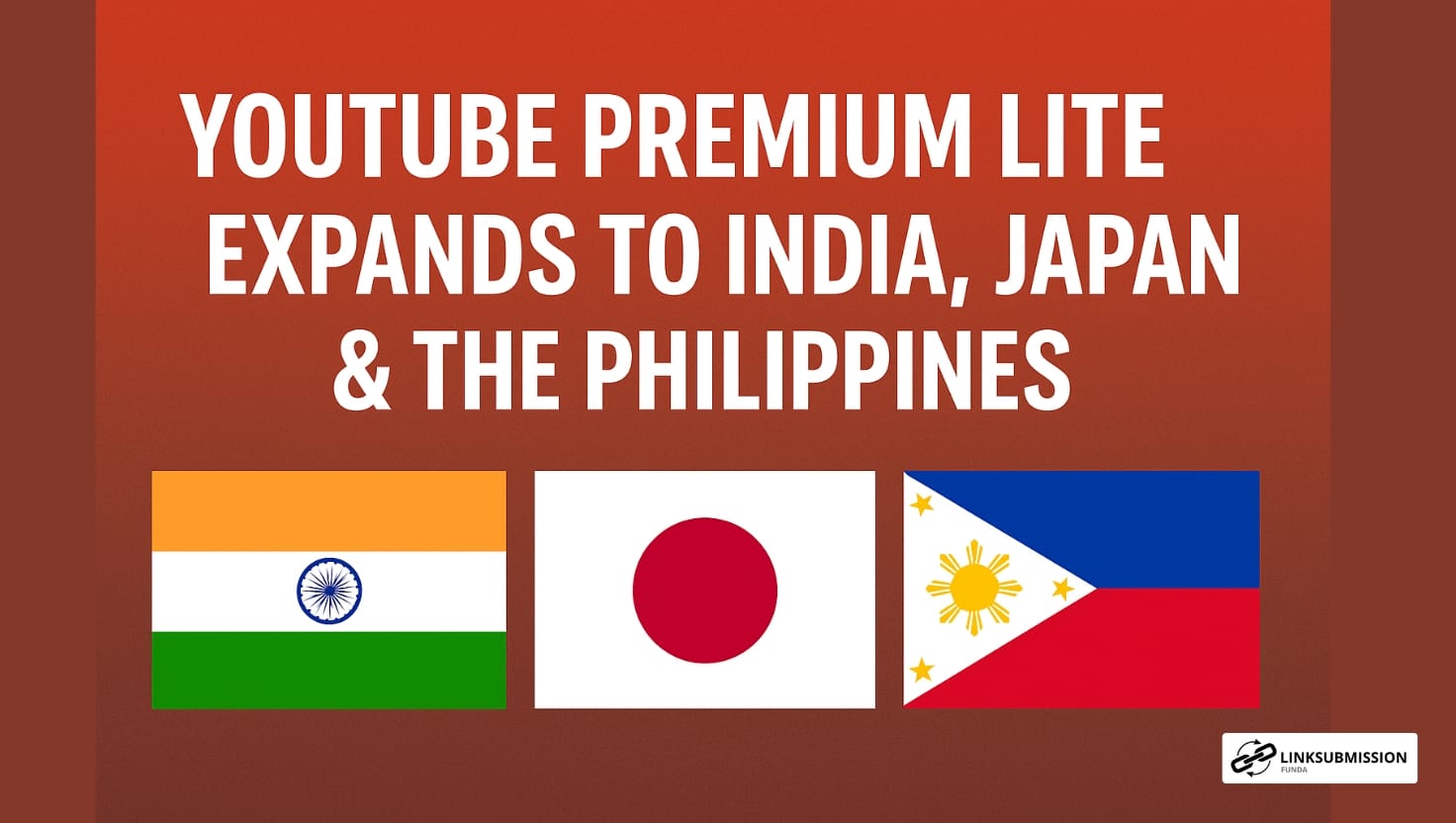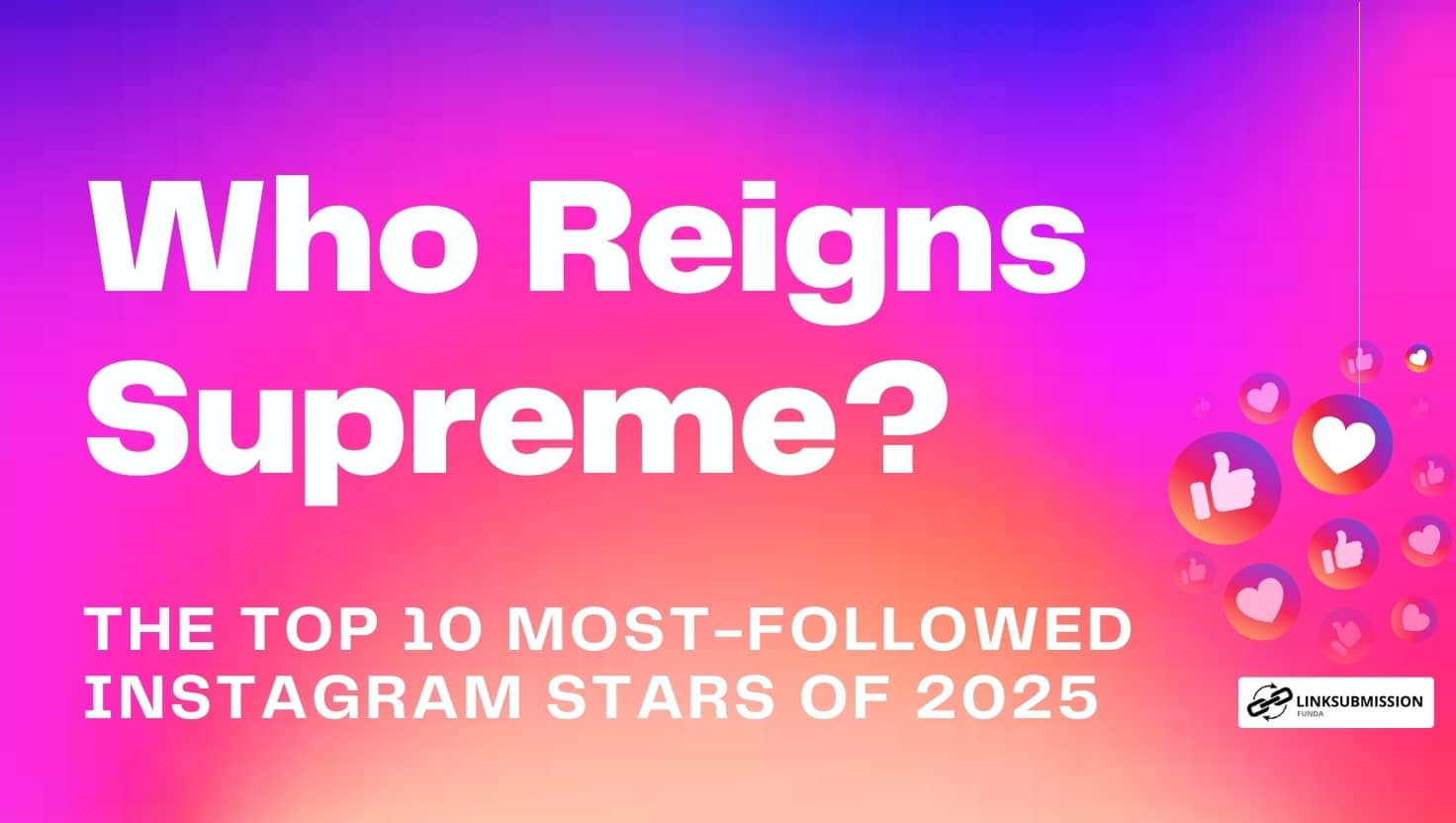The digital marketing landscape is constantly evolving, and social media platforms often lead the way in redefining how brands and creators measure success. Instagram, one of the most influential platforms for creator-led content, has recently introduced a new metric called “Skip Rate.” While on the surface it seems like another performance indicator, the implications of this metric could significantly reshape brand-creator collaborations. The question is—will it make conversations between brands and creators tougher, or will it unlock new levels of transparency and accountability?
What Exactly Is Skip Rate?
Skip Rate is a performance metric that measures the percentage of viewers who skip past a creator’s content, such as a Reel or Story, without engaging. In simpler terms, it shows how quickly audiences are losing interest and moving on. Unlike likes, comments, shares, or saves—which reflect positive engagement—Skip Rate reveals the opposite: when content fails to capture attention.
This addition gives Instagram a more balanced performance overview, combining both the positives (engagements) and the negatives (skips). For brands investing in influencer campaigns, this means they now have access to data that not only highlights success but also pinpoints potential weaknesses.
Why Instagram Added This Metric
Instagram has always thrived on engagement, but with the surge in branded content and influencer marketing, the need for transparency has never been greater. Too often, campaign performance is judged solely by visible engagement metrics, which can paint an incomplete picture.
By introducing Skip Rate, Instagram is:
- Encouraging better content quality – Creators will have to focus not just on aesthetics but also on storytelling, pacing, and relevance.
- Offering brands deeper insights – Brands can analyze whether the money they spend truly keeps audiences hooked.
- Reducing inflated performance claims – High engagement numbers may no longer be enough if Skip Rate indicates that most people are quickly swiping past.
The Double-Edged Sword for Creators
For content creators, Skip Rate is both an opportunity and a challenge. On one hand, it allows them to understand audience behavior at a much deeper level. They can tweak their style, hooks, and messaging to reduce skips and improve retention.
On the other hand, this transparency might make brand negotiations more difficult. A creator with a high Skip Rate may find it harder to justify their rates, even if their follower count and engagement numbers look impressive. This shift could force creators to prove their worth not just through reach and engagement but through sustained audience attention.
The Pressure to Perform
Creators will now be under greater scrutiny, with brands likely to demand access to Skip Rate data before agreeing to partnerships. This could lead to:
- Increased pressure to create content that is both entertaining and commercially effective.
- More experimentation with hooks, formats, and storytelling techniques.
- A possible divide between creators who can adapt quickly and those who struggle to retain audience attention.
The Brand Perspective: A Win or a Complication?
For brands, Skip Rate seems like a valuable tool. It provides a clearer view of whether their message is being delivered effectively. For example, if a creator’s Reel has millions of views but a very high Skip Rate, it signals that the content failed to resonate, meaning the brand’s message was likely lost.
However, this new metric might also complicate brand-creator relationships. Brands could become overly critical, focusing only on Skip Rate while ignoring other important factors like brand alignment, creativity, or long-term influence. This may push negotiations into tougher territory, where creators are constantly defending their worth beyond a single percentage figure.
Will Skip Rate Change the Influencer Economy?
The influencer marketing industry thrives on trust, creativity, and results. While Skip Rate adds an extra layer of accountability, it could also spark tension. The key question is whether stakeholders use this metric constructively or as a tool for criticism.
If used constructively:
- Creators can improve storytelling and audience retention.
- Brands can select partners based on more than vanity metrics.
- Audiences benefit from higher-quality, more engaging content.
If used negatively:
- Smaller creators might get sidelined due to imperfect Skip Rates.
- Negotiations could become transactional, reducing creative freedom.
- Pressure to “beat the metric” may lead to formulaic content instead of authentic storytelling.
How Creators Can Adapt
To stay ahead of this change, creators should:
- Analyze performance patterns – Identify what causes skips and experiment with different hooks, formats, and lengths.
- Focus on value-driven content – Provide entertainment, education, or inspiration that makes viewers want to stay.
- Communicate with brands openly – Instead of fearing Skip Rate, creators can explain how they are working to improve it, showing commitment to quality.
- Diversify content – Mix Reels, Stories, and longer-form content to maintain variety and engagement.
Final Thoughts
Instagram’s introduction of Skip Rate is a wake-up call for the entire creator economy. While it may make brand-creator conversations tougher in the short term, it also holds the potential to elevate content standards and encourage genuine engagement.
Instead of viewing it as a hurdle, both brands and creators should embrace Skip Rate as a tool for improvement. After all, in the fast-paced world of social media, the ability to keep audiences watching is the true measure of influence.



